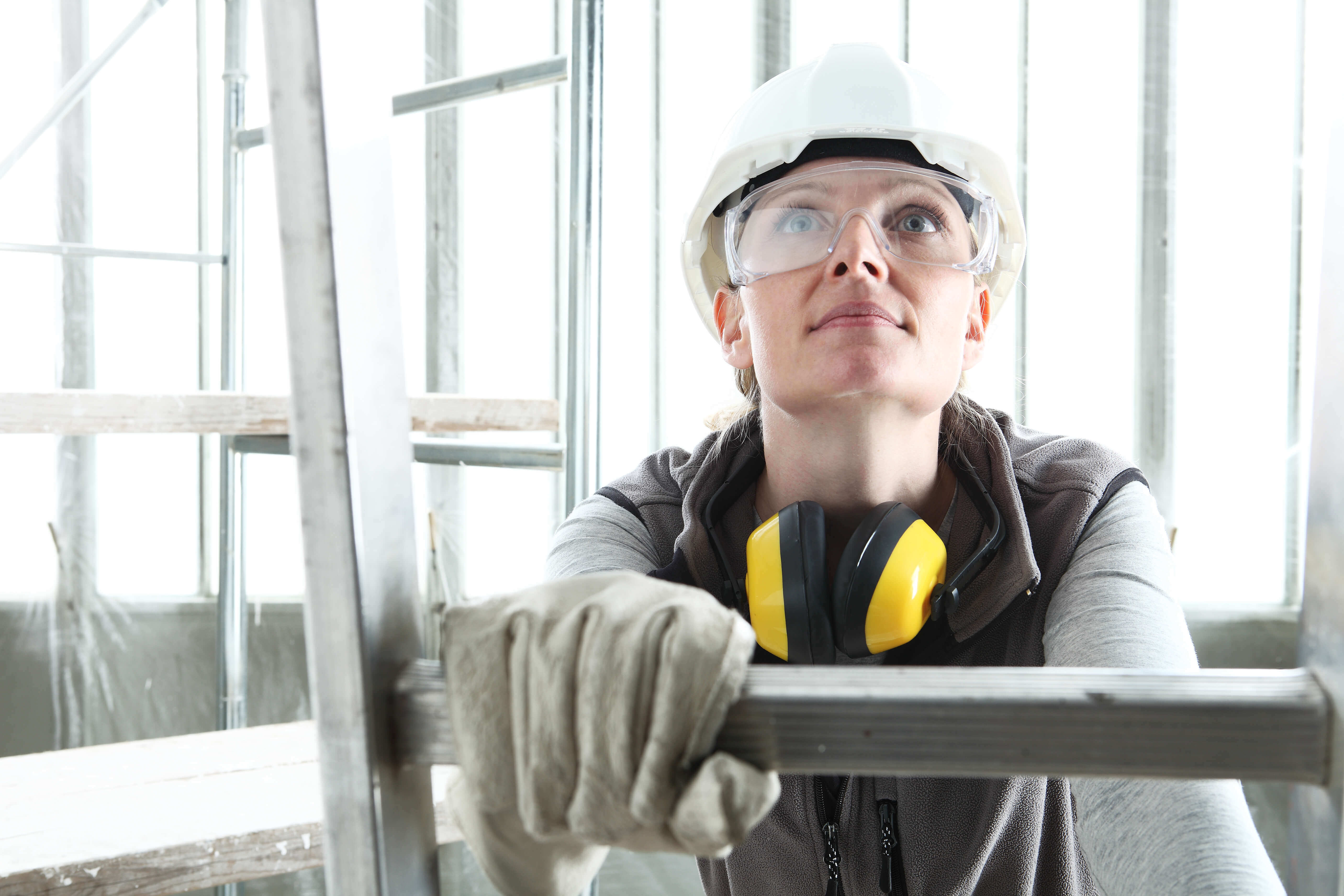Working around machinery places your staff members in the vicinity of hazards. As an employer, you are ultimately responsible for the safety and wellbeing of your employees, and personal injury must be prevented.
Failing to do so will cause not only a reduction in productivity and lower morale, but lead to personal injury claims and the possibility of enforcement action by the enforcing authorities.
Let’s look at the general requirements when working with a piece of construction equipment and how to stay compliant.
What is machine safety?
The term isn’t applicable to all workplaces. However, if you operate in a hazardous environment, you need to take precautions. It makes this even more important when using dangerous machinery.
Machinery can cause injury in a number of ways. Before you introduce new machinery in your workplace, you must consider what risks it poses. For existing machinery, you must undertake regular checks and assessments to ensure it remains safe.
This is the core of machine safety.
Why you need to ensure safety
Any injuries will result in a loss of production on your part. This coupled with loss or morale over an injured colleague will affect your productivity. Staff will also be less motivated and engaged by an employer who doesn’t properly
The government also protects staff through legislation called Provision and Use of Work Equipment Regulations 1998 (PUWER.) These Regulations place duties on people and companies who own, operate or have control over work equipment.
PUWER also places responsibilities on businesses and organisations whose employees use work equipment, whether owned by them or not.
Some work equipment is subject to additional health and safety legislation. For example, lifting equipment must also meet the requirements of the Lifting Operations and Lifting Equipment Regulations (LOLER), pressure equipment must meet the Pressure Systems Safety Regulations and Personal Protective Equipment (PPE) must meet the Regulations.
Working around plant and equipment safely
What must you do to ensure machine safety? PUWER requires that equipment provided for use at work is:
- Suitable for the intended use
- Meets the Essential Requirements for Health and Safety as set out in the Supply of New Machinery Regulations.
- Safe for use, maintained in a safe condition and inspected to ensure it is correctly installed and does not subsequently deteriorate
- Used only by people who have received adequate information, instruction and training
- Accompanied by suitable health and safety measures, such as protective devices and controls. These will normally include guarding, emergency stop devices, adequate means of isolation from sources of energy, clearly visible markings and warning devices
- Used in accordance with specific requirements, for mobile work equipment and power presses
Firstly, prior to utilising new equipment, you should do the following:
- Check the machine is complete, including safeguards, and CE marked or UKCA marked if made post-Brexit.
- Produce a safe system of work for using and maintaining the equipment and ensure users are aware of this
- Check the machine is installed correctly
Machinery maintenance and the operation of safeguards are vital. To prevent access to dangerous parts you may need to adopt a combination of measures, including:
- Using solid, fixed guards to enclose the most dangerous parts of the machine
- Ensuring the machine cannot start before guards are in place
- Providing Alternative measures if convention guards aren’t practical, such as jigs, holders, push sticks
- Control risks with supervision, training, and appropriate safety equipment
Mechanical equipment hazards
They can cause injury in many ways, the most common of which include:
- Individuals struck and injured by moving parts
- Body parts trapped between rollers or belts
- Sharp edges causing cuts and severing injuries
- Parts of the machine can be hot or cold enough to cause burns or shocks
- Improper experience or training can lead to accidents
Properly guarding the dangerous parts of machinery will combat these risks. However, faulty machine guarding can also cause hazards. For this reason, it’s important you ensure safety measures are correctly fitted and of the correct material.
By law, the supplier must provide the rights safeguards and inform buyers of any risks. Take this into account when obtaining or introducing? any new equipment.
Plant maintenance
One of the other hazards associated with plant and equipment is poor maintenance. Faulty equipment poses risks not just to the users, but to others and to the workplace with the potential to cause fires.
For this reason, we cannot understate the importance of plant maintenance and machine safety.
When carrying out inspection and maintenance, focus on the critical features where deterioration would cause a risk. You should have a planned programme that will test these issues regularly, however, you may be required to carry out maintenance at brief notice after a breakdown or a fault is identified.
How often should you conduct inspections and maintenance?
The manufacturer’s instructions provided to meet their duty under the Supply of Machinery Regulations will set out their recommended interval for maintenance. You should always follow this advice.
Machine safety guide
If you’re looking for a quick breakdown of machine safety, here are some quick dos and don’ts:
Do:
- Use the machine the way it is meant to be used, and consult the manufacturer or their instructions for use if unsure of proper usage.
- Keep guards and safety systems fully maintained.
- Use and wear the appropriate personal protective equipment (PPE)
- Perform regular inspections and maintenance and ensure appropriate safety guards are in place
Don’t:
- Remove guards or interfere with safety systems.
- Wear loose clothing, dangling jewellery, loose rings, or long hair when using machinery
- Distract others who are using machinery
- Use equipment with a danger sign or tag attached
Expert support
Whether you’re managing dangerous machinery, or just have general health & safety concerns, speak to one of our expert health & safety advisers today on 01455 858 132.
Related resources
Categories
- Business Advice
- Culture & Performance
- Disciplinary & Grievances
- Dismissals & Conduct
- Employee Conduct
- Employment Contracts and Documentation
- Employment Law
- Employment Rights Bill
- End of Contract
- Equality & Discrimination
- Health & Safety
- Hiring and Managing
- Leave & Absence
- Managing Health & Safety
- Moving
- Occupational Health
- Pay & Benefits
- Recruitment
- Risk & Welfare




